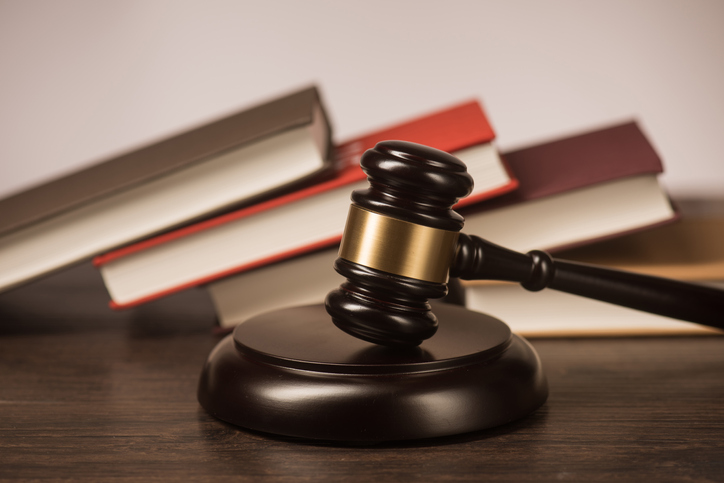
(BISMARCK, N.D.) — The North Dakota Supreme Court declared Thursday that the state’s abortion ban is unconstitutional and will not be enforced.
After the Supreme Court overturned Roe v. Wade during the summer, a trigger ban was set to go into effect that would make it a felony to perform an abortion with only exceptions for rape, incest or if the mother’s life is in danger.
A lower court blocked the ban over the summer after North Dakota’s only abortion provider, the Red River Women’s Clinic, argued the right to an abortion was guaranteed under the state’s constitution.
In the majority opinion, written by Chief Justice Jon J. Jensen, the state Supreme Court found the ban infringed on fundamental rights including “the right of enjoying and defending life and pursuing and obtaining safety.”
“While the regulation of abortion is within the authority of the legislature under the North Dakota Constitution, RRWC has demonstrated likely success on the merits that there is a fundamental right to an abortion in the limited instances of life-saving and health-preserving circumstances, and the statute is not narrowly tailored to satisfy strict scrutiny,” Jensen wrote.
With the state Supreme Court decision, it means the current 21-week limit on abortions will remain in place.
“Today, the court rightfully stopped one of the most extreme laws in the country from taking effect and depriving North Dakotans of their reproductive freedom,” said Nancy Northup, president and CEO of the Center for Reproductive Rights — which had filed the suit in North Dakota on behalf of abortion providers — in a statement.
“Under the state constitution, North Dakotans are promised the rights to life, liberty, safety, and happiness, all of which protect the right to abortion,” the statement continued. “In state after state, people have made clear that they want this right protected, yet state officials continue to ignore the will of their citizens. We will continue to work tirelessly to protect North Dakotans and the fundamental human rights of all people.”
Following the Supreme Court’s decision, RRWC moved from Fargo to Moorhead, Minnesota — a mile-and-a-half away – amid the legal battle.
Tammi Kromenaker, director of RRWC, applauded the decision but said there were no plans to return to North Dakota.
“The court made the right decision and sided with the people of North Dakota today,” she said in a statement. “Those seeking abortion care know what’s best for themselves and their families and should be able to access such essential services if and when they need it.”
She continued, “While I’m heartbroken that we have been forced to close our doors here in Fargo, we will continue to serve the region at our new clinic in Moorhead, Minnesota.”
North Dakota Attorney General Drew Wrigley, who had been asking the Court to reinstate the ban, criticized the ruling in a statement.
“Today’s North Dakota Supreme Court decision does not bar the people of North Dakota from regulating abortion through the enactments by their elected representatives in our state legislature,” he said. “Thankfully, our legislature has spent the past two months working on legislation that recrafts North Dakota’s abortion laws and they will now have the opportunity to enact the will of North Dakotans aware of the latest North Dakota Supreme Court pronouncement.”
Copyright © 2023, ABC Audio. All rights reserved.









